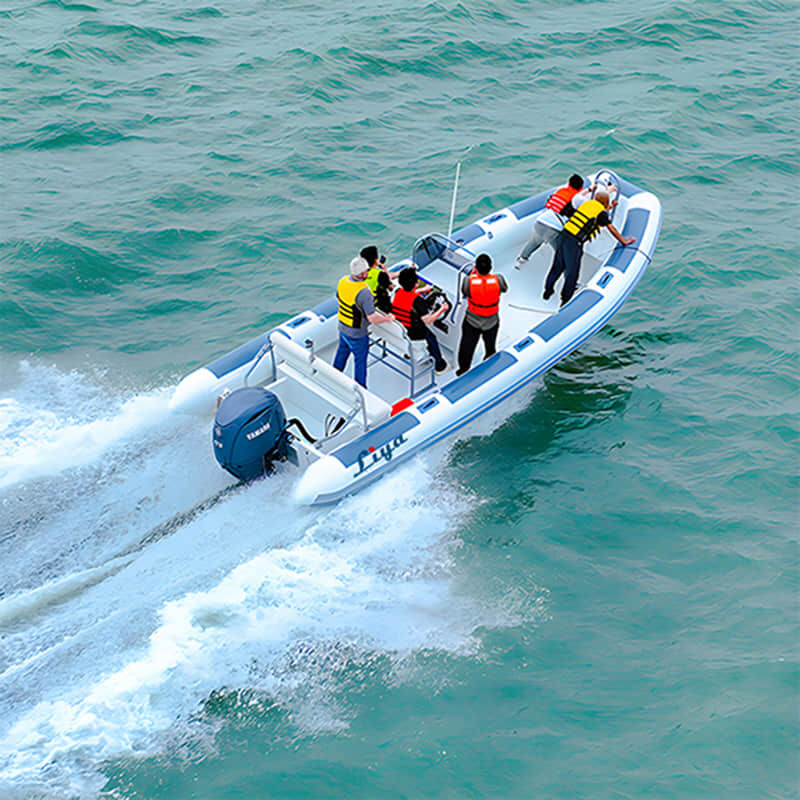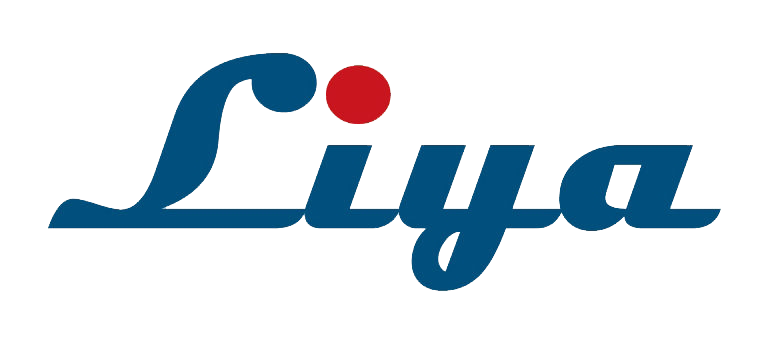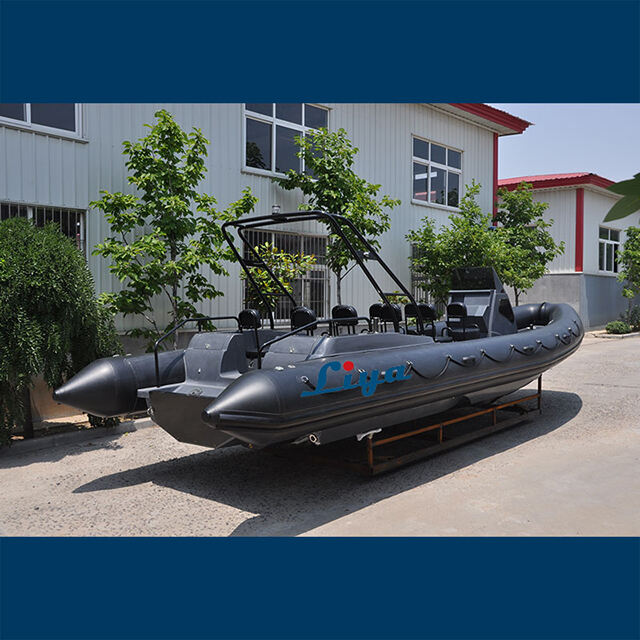Selecting the perfect rigid hull inflatable boat represents a crucial decision for maritime professionals, recreational boaters, and commercial operators alike. The market offers numerous options, each designed to meet specific operational requirements and performance standards. Understanding the key factors that influence your choice will ensure you invest in a vessel that delivers optimal performance, safety, and value for your intended applications.

The modern marine industry has witnessed significant evolution in rigid hull inflatable boat design and manufacturing techniques. These versatile vessels combine the stability and performance of traditional hard hulls with the buoyancy and shock-absorbing properties of inflatable collars. This unique construction methodology creates boats that excel in challenging sea conditions while maintaining exceptional maneuverability and safety characteristics that appeal to diverse user groups.
Understanding RHIB Construction and Design Principles
Hull Materials and Manufacturing Standards
The foundation of any quality rigid hull inflatable boat lies in its construction materials and manufacturing processes. Fiberglass remains the most popular choice for hull construction due to its excellent strength-to-weight ratio, corrosion resistance, and moldability into complex shapes. High-quality gelcoat finishes provide additional protection against marine environments while maintaining aesthetic appeal over extended periods of use.
Aluminum hulls offer distinct advantages for certain applications, particularly where weight reduction and impact resistance are paramount concerns. These hulls demonstrate superior performance in shallow water operations and rocky coastlines where contact with underwater obstacles might occur. The welded construction techniques used in aluminum hull manufacturing create seamless joints that eliminate potential failure points common in other construction methods.
Advanced composite materials, including carbon fiber and kevlar reinforcements, represent the cutting edge of rigid hull inflatable boat construction. These materials provide exceptional strength while significantly reducing overall vessel weight, resulting in improved fuel efficiency and enhanced performance characteristics. However, these premium materials typically command higher prices and require specialized repair techniques.
Collar Design and Inflation Systems
The inflatable collar serves multiple critical functions beyond simple buoyancy provision. Modern collar designs incorporate advanced fabric technologies that resist punctures, UV degradation, and chemical exposure common in marine environments. Hypalon and PVC materials dominate the market, each offering distinct advantages depending on intended use patterns and operating conditions.
Compartmentalized collar designs ensure safety through redundant buoyancy chambers that maintain vessel stability even if one section experiences damage. Quality manufacturers implement multiple air chambers with independent inflation valves, allowing operators to maintain adequate buoyancy levels during emergency situations. This design philosophy directly impacts both safety ratings and insurance considerations for commercial operations.
Inflation valve technology has evolved to include both manual and automatic systems that maintain optimal pressure levels under varying temperature conditions. Advanced pressure relief valves prevent over-inflation damage while ensuring consistent performance across different operating environments. Regular maintenance of these systems ensures long-term reliability and prevents costly repairs or replacements.
Evaluating Performance Specifications and Capabilities
Engine Configuration and Power Requirements
Determining appropriate engine specifications requires careful analysis of intended applications, operating conditions, and performance expectations. Outboard engines remain the most popular choice for rigid hull inflatable boats due to their reliability, serviceability, and performance characteristics. Single engine configurations provide simplicity and cost-effectiveness for recreational applications, while twin engine setups offer redundancy and enhanced maneuverability for commercial operations.
Power-to-weight ratios significantly influence vessel performance, fuel efficiency, and operational capabilities. Manufacturers typically provide recommended engine power ranges that optimize performance while maintaining structural integrity and safety margins. Exceeding these recommendations can void warranties and create safety hazards, while under-powering reduces operational effectiveness and potentially compromises safety in challenging conditions.
Modern engine technology offers various fuel types and efficiency ratings that impact operational costs and environmental compliance requirements. Four-stroke engines generally provide better fuel economy and reduced emissions compared to two-stroke alternatives, making them suitable for extended operations and environmentally sensitive areas. Electric propulsion systems are emerging as viable alternatives for specific applications requiring silent operation or zero local emissions.
Load Capacity and Operational Limitations
Understanding load capacity specifications ensures safe operation and prevents structural damage from overloading. Manufacturers provide detailed weight calculations that include passengers, equipment, fuel, and additional gear typically carried during operations. These specifications directly impact vessel performance, stability, and safety margins under various sea conditions and operational scenarios.
Passenger capacity ratings reflect both weight limitations and available seating configurations that ensure adequate safety margins during operations. Commercial operations must comply with specific regulatory requirements that may differ from recreational guidelines, particularly regarding life jacket storage, emergency equipment, and communication systems. These requirements influence both initial purchase decisions and ongoing operational costs.
Equipment mounting capabilities affect vessel versatility and operational effectiveness for specialized applications. Quality manufacturers provide reinforced mounting points for navigation equipment, communication systems, and specialized gear required for specific missions. These provisions ensure secure installations that withstand marine environments without compromising structural integrity or creating safety hazards.
Assessing Quality Standards and Manufacturing Credentials
Certification Requirements and Compliance Standards
Industry certifications provide assurance of manufacturing quality and compliance with established safety standards. CE marking indicates compliance with European safety directives, while various national standards address specific regional requirements and operational parameters. These certifications directly impact insurance costs, operational permissions, and resale values throughout the vessel's operational life.
Quality control processes implemented by reputable manufacturers ensure consistent product quality and reliability across their production lines. Systematic testing procedures verify structural integrity, waterproofing effectiveness, and component durability under simulated operational conditions. Documentation of these processes provides valuable insights into manufacturer commitment to quality and customer satisfaction.
Third-party inspections and testing services offer independent verification of manufacturer claims and specifications. These services become particularly important for commercial operations where regulatory compliance and insurance requirements demand verified performance data. Independent testing results provide objective comparisons between different manufacturers and models when evaluating purchase options.
Warranty Coverage and After-Sales Support
Comprehensive warranty coverage reflects manufacturer confidence in their products and provides protection against premature failures or manufacturing defects. Quality warranties typically include coverage for hull structure, collar materials, and major components while specifying maintenance requirements necessary to maintain coverage validity. Understanding warranty terms prevents unexpected expenses and ensures proper maintenance protocols.
Parts availability and technical support services significantly impact long-term ownership costs and operational reliability. Established manufacturers maintain extensive dealer networks and parts distribution systems that ensure timely access to replacement components and qualified service technicians. This infrastructure becomes crucial for commercial operations where downtime directly impacts revenue generation and operational effectiveness.
Training programs and technical documentation provided by manufacturers enhance operator competency and reduce maintenance costs through proper handling and care procedures. Comprehensive operator manuals, maintenance schedules, and troubleshooting guides enable owners to maximize vessel performance while minimizing unexpected repairs or component failures through preventive maintenance practices.
Selecting Appropriate Size and Configuration Options
Length and Beam Considerations
Vessel dimensions directly influence performance characteristics, stability, and operational capabilities across various sea conditions. Longer hulls typically provide better rough water performance and higher top speeds, while shorter vessels offer superior maneuverability and easier handling in confined spaces. Beam width affects stability and interior space but may limit launching options and transportation requirements.
Draft specifications determine operational depth limitations and influence launching site accessibility. Shallow draft designs enable operations in coastal areas, rivers, and protected waters where deeper hulls cannot venture safely. However, extremely shallow designs may compromise rough water performance and require careful consideration of intended operating environments and mission requirements.
When searching for the perfect RHIB for sale, transportation and storage requirements often influence size selection decisions. Trailer weight ratings, storage facility dimensions, and launching equipment capabilities must align with chosen vessel specifications. These practical considerations prevent ownership complications and ensure seamless integration with existing infrastructure and operational procedures.
Layout and Equipment Integration
Interior layout options accommodate different operational requirements and user preferences while maintaining safety and functionality standards. Center console configurations provide excellent visibility and equipment accessibility for navigation and fishing applications. Cabin arrangements offer weather protection and equipment storage for extended operations or adverse conditions.
Seating configurations balance passenger comfort with operational functionality and safety requirements. Fixed seating provides secure positioning during rough conditions, while removable options offer flexibility for equipment installation or cargo carrying. Quality manufacturers offer various seating materials and configurations that resist marine environments while maintaining comfort and durability standards.
Storage solutions integrated into vessel design enhance operational effectiveness and organization capabilities. Waterproof compartments protect sensitive equipment and personal items from marine environments, while easily accessible storage facilitates efficient equipment deployment and retrieval during operations. These features significantly impact user satisfaction and operational effectiveness over time.
Budget Planning and Total Cost of Ownership
Initial Purchase Price Factors
Purchase price variations reflect differences in construction quality, equipment levels, and manufacturer reputation within the rigid hull inflatable boat market. Entry-level vessels provide basic functionality at attractive price points but may require additional equipment purchases and upgrades to meet specific operational requirements. Premium models include comprehensive equipment packages and advanced features that justify higher initial investments through enhanced capabilities and reduced subsequent costs.
Financing options available for vessel purchases can significantly impact total ownership costs through interest rates and payment terms. Marine lending specialists understand vessel values and operational requirements, potentially offering more favorable terms than traditional lending institutions. Lease arrangements provide alternatives for commercial operations seeking to preserve capital for other business investments while accessing modern equipment.
Market timing influences both purchase prices and available inventory levels throughout seasonal cycles. End-of-season sales often provide significant savings opportunities, while spring purchases may face limited availability and higher prices due to increased demand. Understanding these market dynamics enables strategic purchasing decisions that maximize value while ensuring timely acquisition for planned operations.
Operating and Maintenance Cost Projections
Fuel consumption rates vary significantly between different hull designs, engine configurations, and operational profiles. Efficient hull shapes and appropriate engine sizing minimize fuel costs while maintaining adequate performance for intended applications. Regular maintenance practices ensure optimal fuel efficiency throughout the vessel's operational life while preventing costly repairs from neglected systems.
Insurance costs reflect vessel value, intended use, operator experience, and claims history within specific operational categories. Commercial operations typically face higher insurance rates due to increased exposure and regulatory requirements. Safety equipment, training certifications, and operational procedures can positively influence insurance premiums while enhancing overall safety performance.
Routine maintenance requirements include engine servicing, collar inspection, hull cleaning, and equipment calibration that ensure reliable operation and prevent premature component failures. Manufacturer maintenance schedules provide guidance for service intervals and procedures necessary to maintain warranty coverage and optimal performance. Proper maintenance practices significantly extend vessel life while minimizing unexpected repair costs.
FAQ
What size RHIB is best for recreational boating
For recreational boating, RHIBs between 12 to 18 feet typically provide the optimal balance of performance, handling, and versatility for most applications. These sizes accommodate small groups comfortably while remaining manageable for single operators and fitting within standard trailer and storage constraints. Larger recreational users might consider 20 to 25-foot models that offer enhanced rough water capabilities and extended range for offshore adventures.
How long does a quality RHIB collar last
Quality RHIB collars manufactured from premium materials like Hypalon typically last 10 to 15 years with proper care and maintenance. PVC collars generally provide 7 to 10 years of reliable service under normal operating conditions. Factors affecting collar longevity include UV exposure, storage conditions, maintenance frequency, and operational intensity. Regular cleaning, proper inflation pressure, and protected storage significantly extend collar life.
What maintenance is required for RHIB ownership
RHIB maintenance involves regular engine servicing according to manufacturer schedules, collar inspection for damage or pressure loss, hull cleaning to prevent marine growth, and equipment testing to ensure proper function. Annual professional inspections identify potential issues before they become costly problems. Proper winter storage, regular use of protective covers, and prompt repair of minor damage prevent major maintenance issues and extend vessel life.
Are RHIBs suitable for commercial operations
RHIBs excel in numerous commercial applications including patrol duties, rescue operations, survey work, and passenger transport due to their stability, durability, and versatility. Commercial-grade RHIBs feature reinforced construction, enhanced safety equipment, and compliance with regulatory standards for professional operations. Proper specification selection ensures vessels meet operational requirements while maintaining safety standards and regulatory compliance necessary for commercial licensing.

